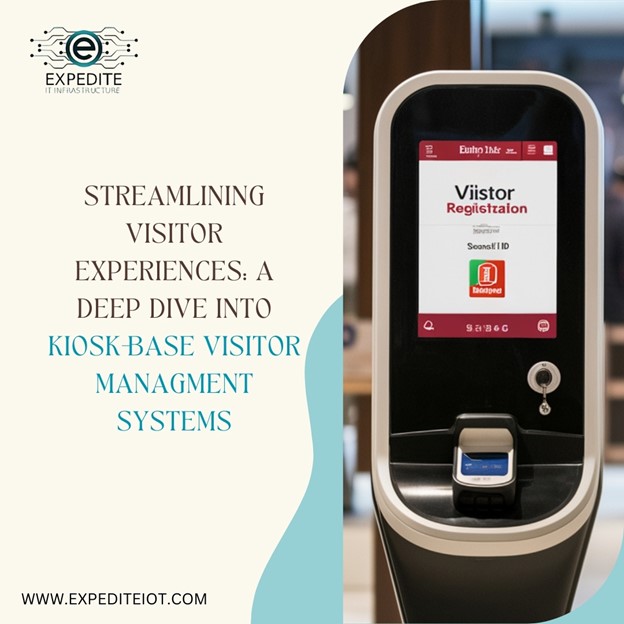An accessibility checker for websites ensures that the digital content is usable by everyone, including those with disabilities. It is not only a moral imperative but also a legal requirement under the Website Content Accessibility Guidelines (WCAG) 2.2. This article highlights a detailed overview of website accessibility testing and discusses the vital role of use case testing and user feedback.
What is Website Accessibility Testing?
Website accessibility testing is the process of evaluating a website’s conformance with accessibility standards and ensuring that it meets users’ diverse needs. The accessibility checker for website identifies accessibility barriers that make it difficult or impossible for people with disabilities to use the website. Common barriers include poor color contrast, inaccessible forms, lack of keyboard navigation, and missing alt texts for images.
Different Ways for Website Accessibility Testing
Evaluating a website’s accessibility requires a systematic approach, and it is best performed in partnership with an expert to ensure thorough and accurate results. Effective web accessibility testing involves a combination of automated and manual methods. Automated accessibility checker for website quickly scans websites for common accessibility issues. However, manual testing, which is performed by experts and users with disabilities, is essential for detecting errors that might be missed by tools. Combining both these methods can provide more accurate insights into a website’s accessibility than relying on just one method alone.
Automated Accessibility Testing
An accessibility evaluation often starts with automated scanning. Automated website testing tools like the website accessibility chrome extension, ADA website compliance checkers, and more test a website for common violations of the WCAG 2.2 guidelines, which is an established global website accessibility standard. These tools can surface issues, such as missing alt texts on images, poor color contrasts, unstructured layouts, and many more.
While an automated accessibility checker for website can provide you with a general understanding of a site’s accessibility, it should still be supplemented with manual testing to cross-check and ensure your website meets regulatory standards for accessibility.
Manual Accessibility Testing
Manual accessibility testing involves experts' reviews of a website to identify more complex accessibility errors and those that can only be detected by humans. Manual website accessibility evaluation techniques include:
- Testing Keyboard Navigation: It involves ensuring that all interactive elements are accessible without a mouse.
- Validating Focus Indicators: It involves verifying visible focus states on interactive elements.
- Testing Screen Reader Compatibility: It involves using screen readers to check how content is read aloud.
Elevating Accessibility Testing with User Feedback
While automated and manual testing can identify many issues, they cannot replicate the lived experiences of individuals with disabilities. Therefore, it is valuable to gather input from people with disabilities, including native users of assistive technologies. Organizations can accomplish this in two ways:
Use Case Testing
This involves an expert who is a native user of assistive technology attempting to complete core tasks, such as logging in or completing a purchase, using assistive technology.
Collecting User Feedback
This involves asking end users to provide assessments of their experience with a website.
Both of these methods play a vital role in evaluating a website’s accessibility. These methods can help teams accomplish the following objectives:
Identifying Real-World Issues
Users with disabilities may encounter barriers that automated and manual accessibility checker for website overlook. For example:
- Users of assistive technologies may experience compatibility issues that are difficult to predict for automated tools.
- A site may technically meet WCAG guidelines but still contain usability issues, such as incorrect alt texts or confusing navigation.
Providing Insights on Usability
Accessibility is not just about adhering to regulatory standards; it is also about ensuring a seamless user experience. Use case testing and disabled users’ feedback can help uncover accessibility pain points, such as:
- Inaccessible Error Messages
- Poorly implemented captions or transcripts for multimedia content
- Complex form submission processes
Conclusion
Using an accessibility checker for a website is an essential part of developing or upgrading a site to offer inclusive digital experiences. Website accessibility testing ensures that your site can be used by everyone, including people with disabilities. While automated website accessibility checker tools and manual evaluations form the foundation of accessibility assessments, use case testing and feedback from users with disabilities are vital for understanding real-world challenges and improving usability. Download Chrome Extension Now to start making your website more accessible.




Comments (0)
Login to post a comment.